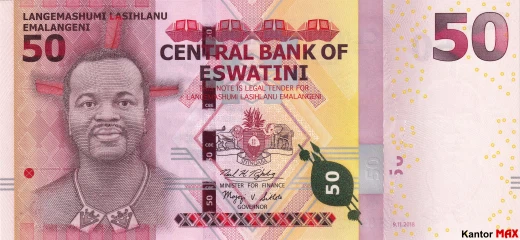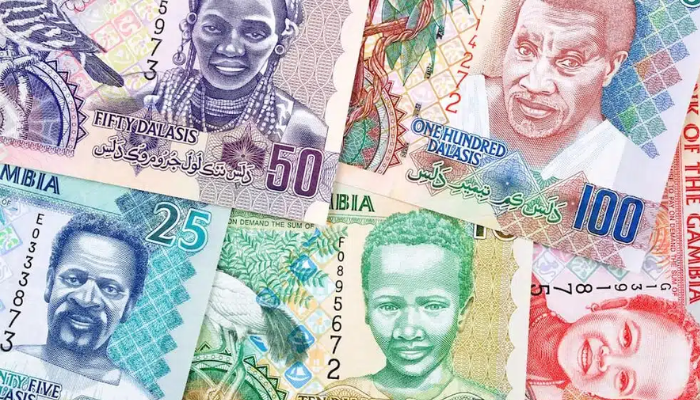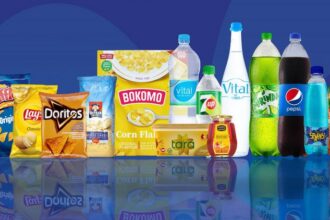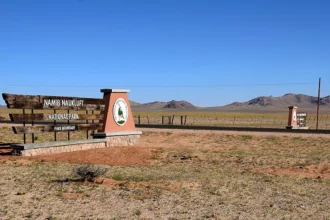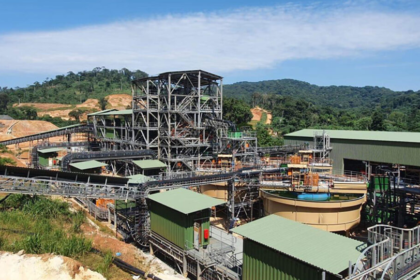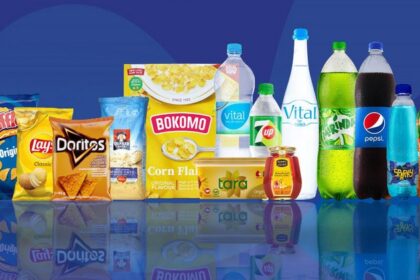At a Glance
- Explore Africa’s top currencies backed by central bank policies, resources, and steady trade links.
- Learn how currency strength signals investor trust, economic resilience, and political stability across Africa.
- Understand risks like pegs, high debt, and shocks shaping Africa’s currency stability in 2025.
In Africa’s often turbulent financial markets, a strong currency is more than a point on an exchange table.
It signals trust—in how a country manages its economy, in the steadiness of its politics, and in its capacity to withstand global headwinds.
For businesses weighing investment, for workers sending money home, and even for tourists booking their next trip, currency strength carries real meaning. It reveals where confidence is holding firm and where cracks might appear.
Africa’s “strong” currencies rest on a mix of resources, careful central bank action, and trade links. Yet, risks remain. Pegs can disguise cracks, high debt can erode trust, and sudden shocks can reverse gains.
Still, the resilience of these currencies in 2025 is a reminder: stability in Africa is never a given, but with discipline and sound policy, it can be achieved and sustained.
Shore Africa has profiled 10 African currencies in 2025 that stand out, the forces behind them, and the limits they face.
1. Tunisian Dinar (TND)
Approx. 1 USD = 2.916 TND
The dinar remains the continent’s strongest in nominal terms. It benefits from strict central bank control, a balanced economy, and restrained fiscal policy. Inflation has been kept in check even amid political strains.
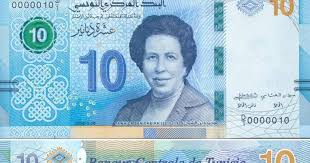
2. Libyan Dinar (LYD)
Approx. 1 USD = 5.406 LYD
Anchored by oil wealth and limited issuance, the dinar has held up. But it remains exposed to conflict and export disruptions.
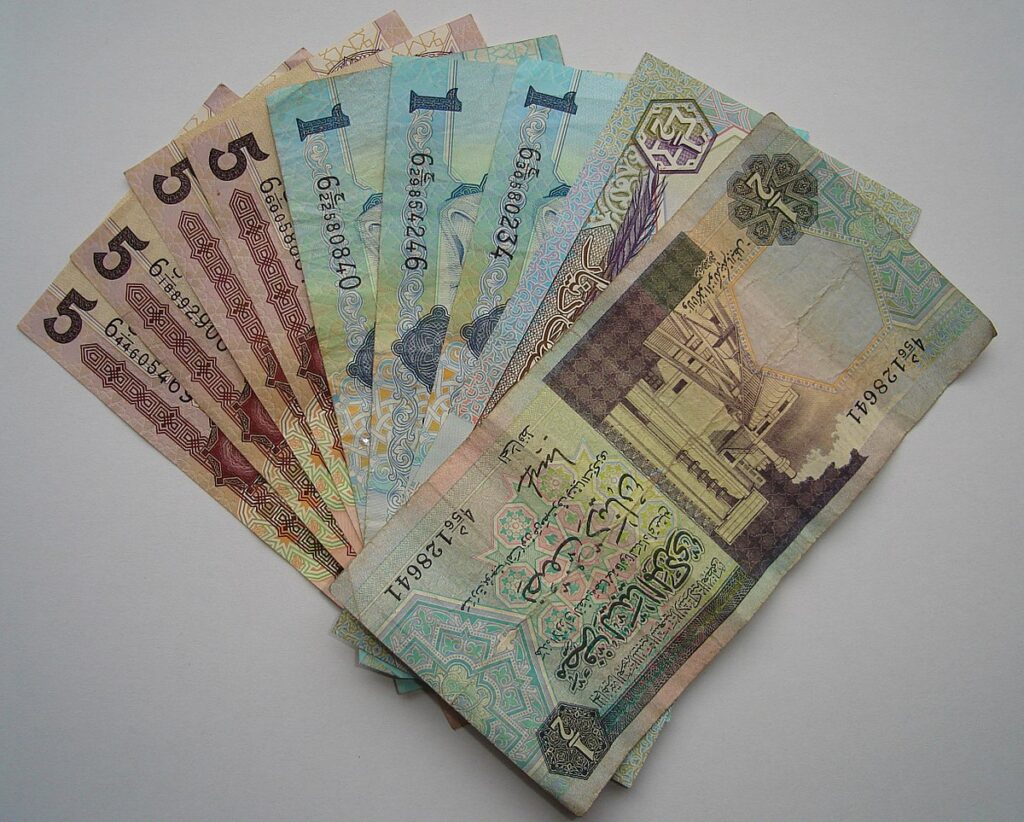
3. Moroccan Dirham (MAD)
Approx. 1 USD = 9.103 MAD
Backed by trade ties with Europe and steady reforms, the dirham is supported by industries from agriculture to aerospace.

4. Ghanaian Cedi (GHS)
Approx. 1 USD = 12.37 GHS
Volatile in the past, the cedi is steadier in 2025. Gold, cocoa, and oil support the economy, but high debt and fiscal gaps remain risks.
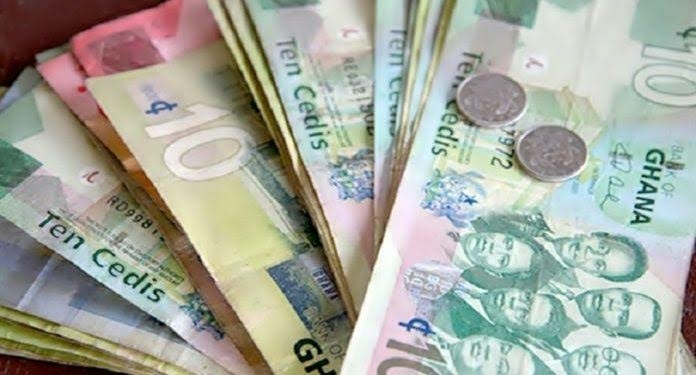
5. Botswana Pula (BWP)
Approx. 1 USD = 13.682 BWP
Sound governance and diamond reserves underpin the pula. The central bank manages swings through a controlled float.
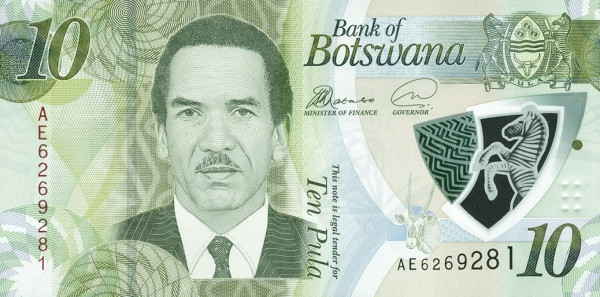
6. Seychellois Rupee (SCR)
Approx. 1 USD = 14.601 SCR
Tourism and fisheries keep inflows steady. Prudent policies maintain balance despite the country’s small size.
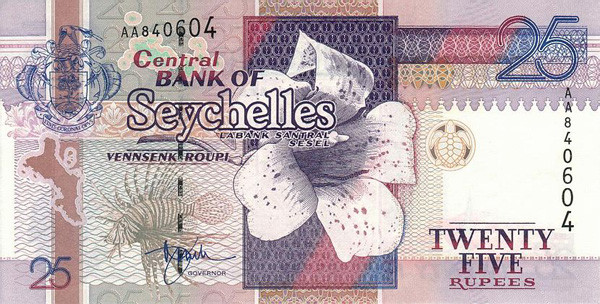
7. Eritrean Nakfa (ERN)
Fixed 1 USD = 15 ERN
The peg to the dollar offers stability, but it hides pressure. Black-market rates often tell another story.
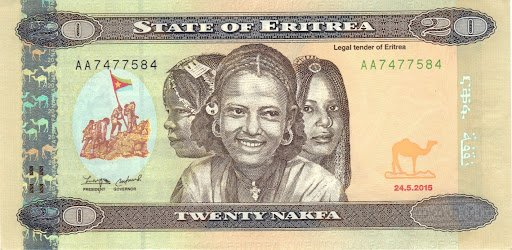
8. South African Rand (ZAR)
Approx. 1 USD = 17.36 ZAR
The rand is highly traded, making it central to Africa’s financial system. But power shortages and political risks weigh on it.
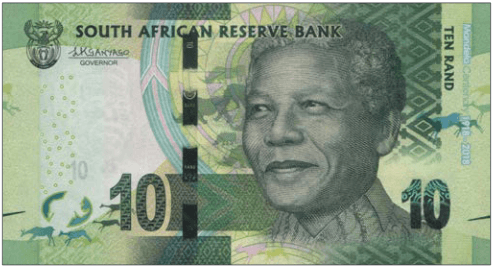
9. Namibian Dollar (NAD)
Pegged 1:1 to ZAR
The peg links Namibia’s fate to South Africa. Mining and tourism bring revenue, but policy freedom is limited.
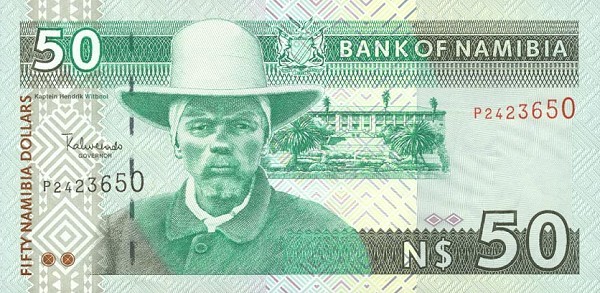
10. Eswatini Lilangeni (SZL)
Pegged 1:1 to ZAR
Tied to the rand, the lilangeni offers predictability but little independence. Sugar, textiles, and remittances remain key pillars.
